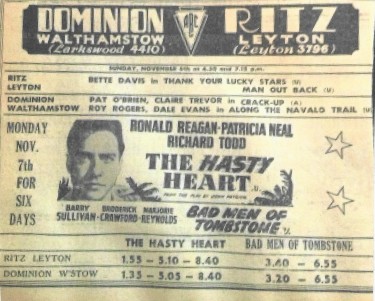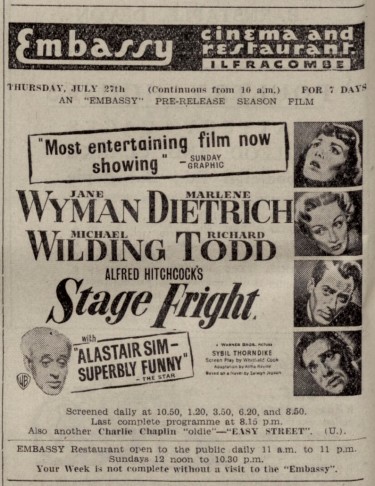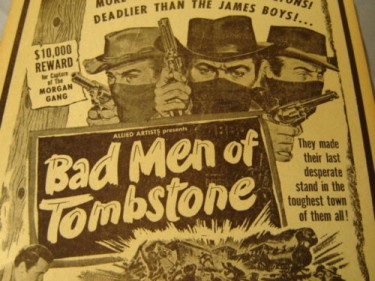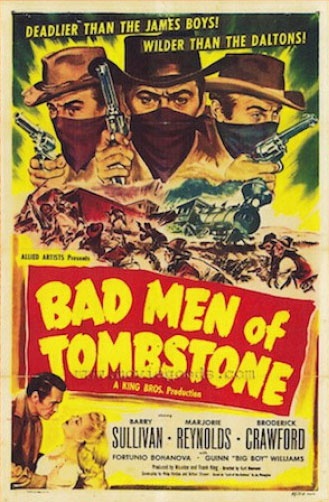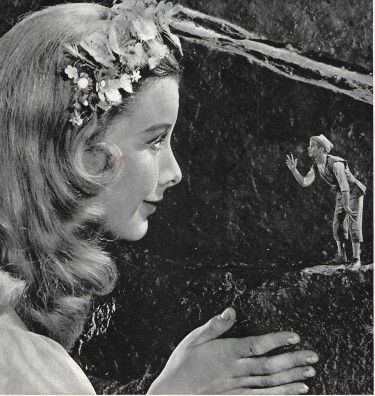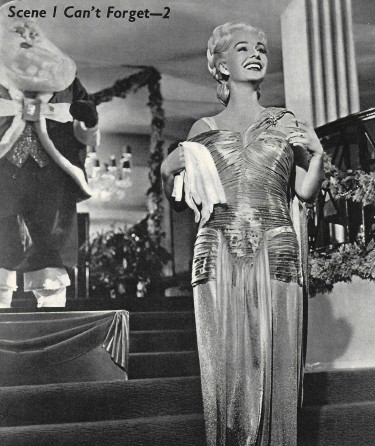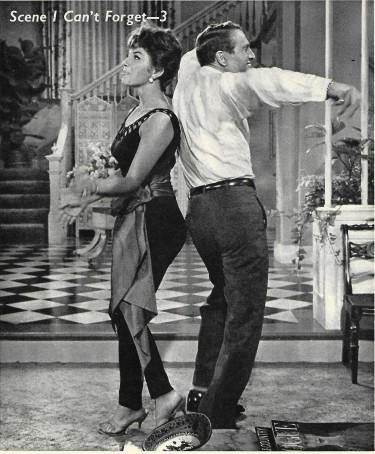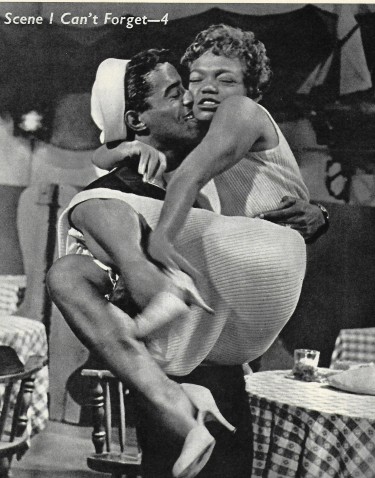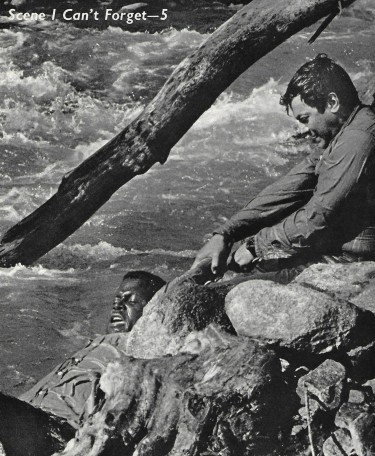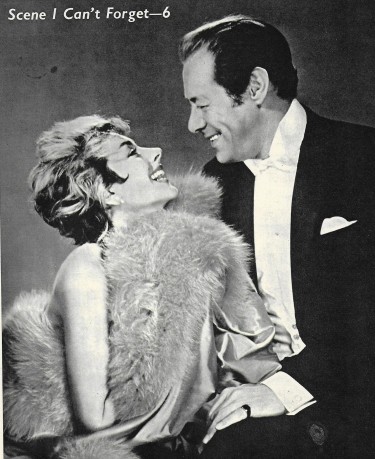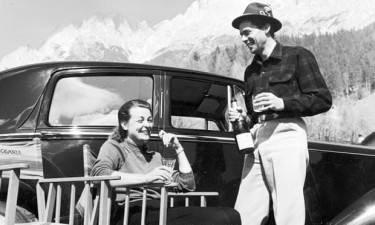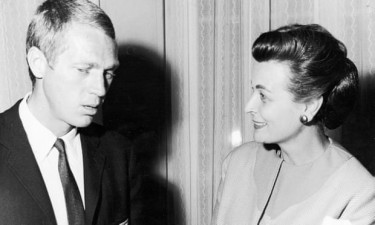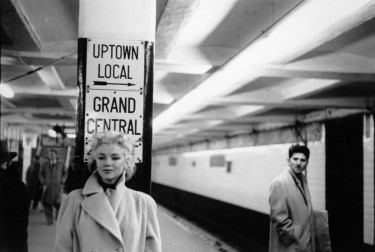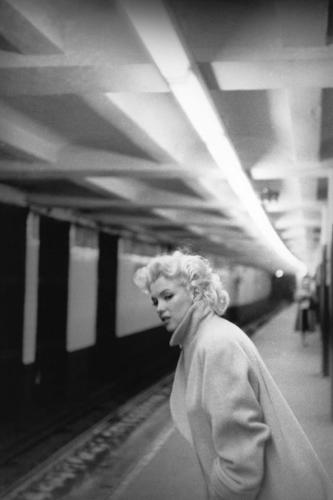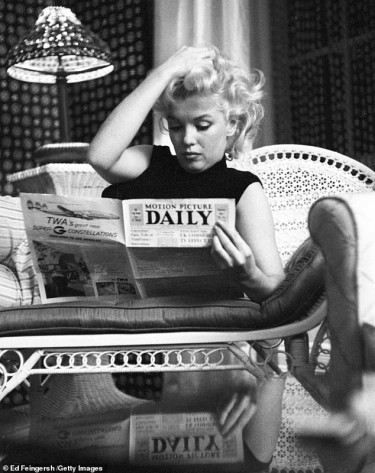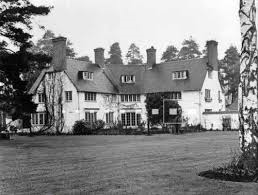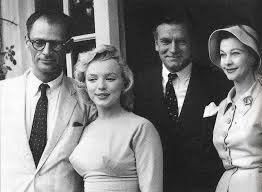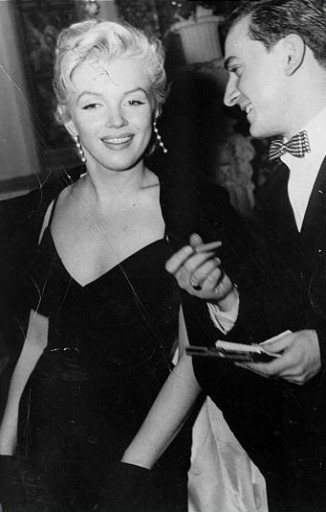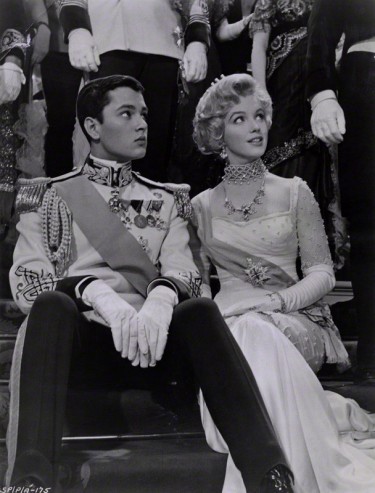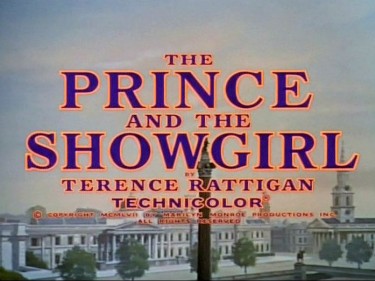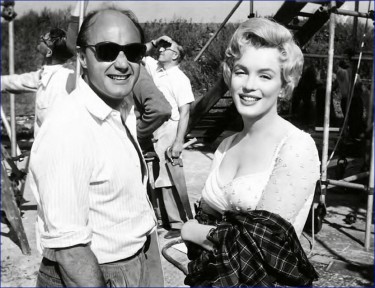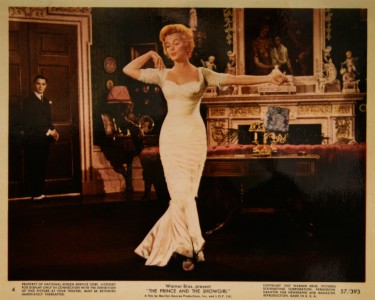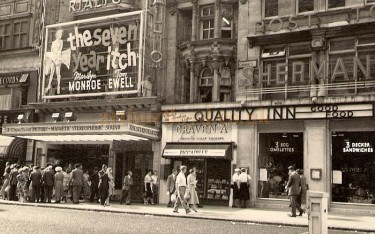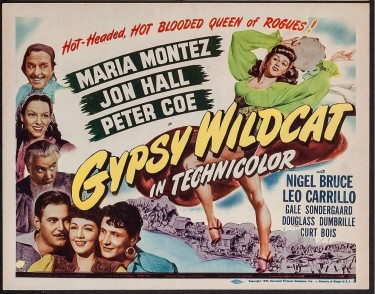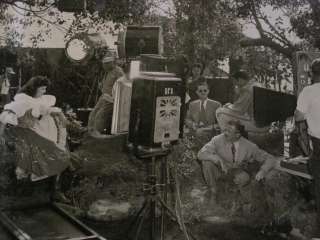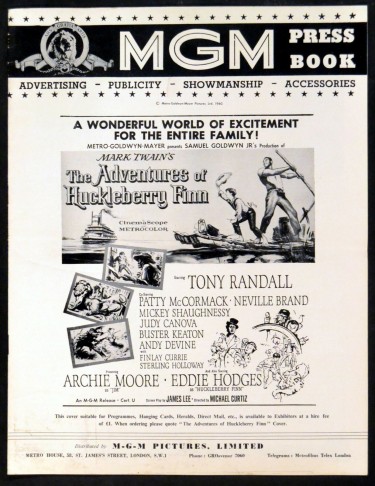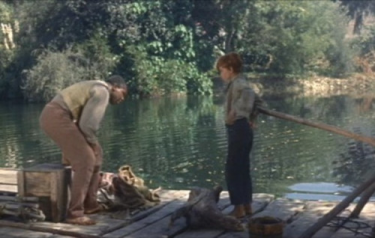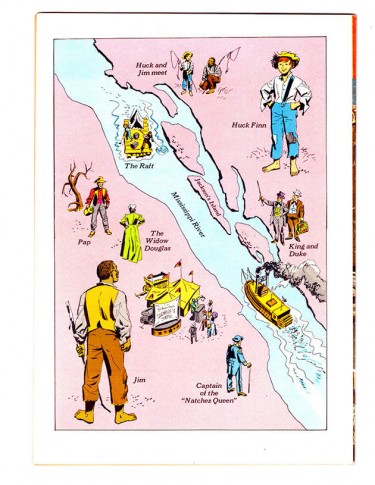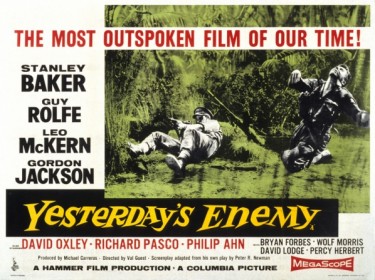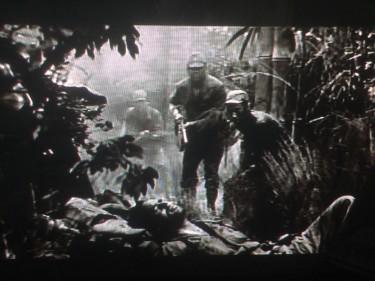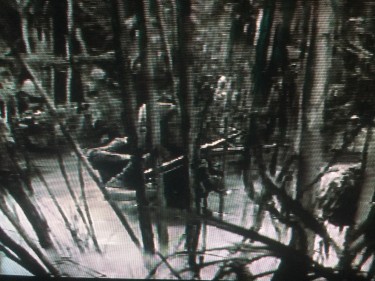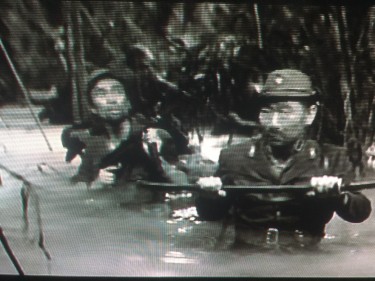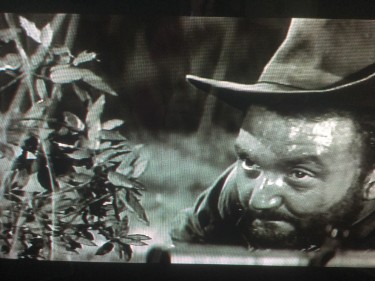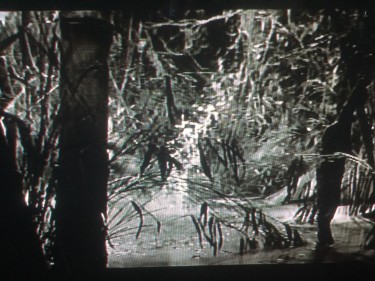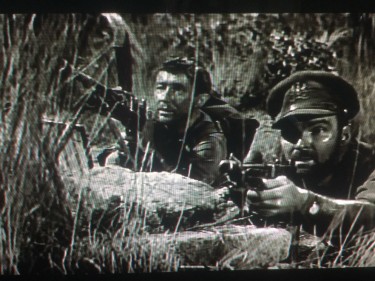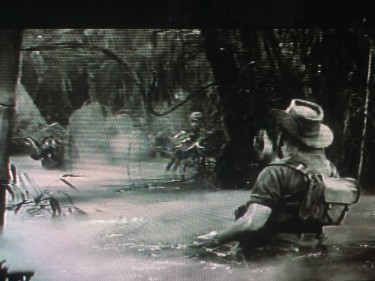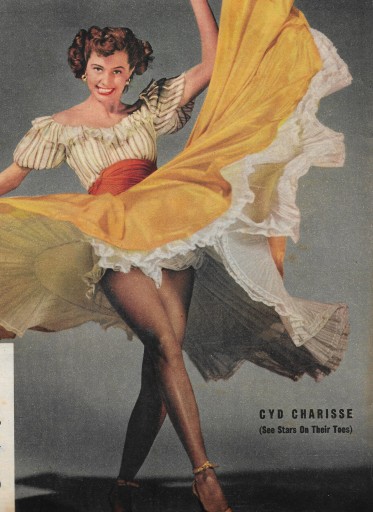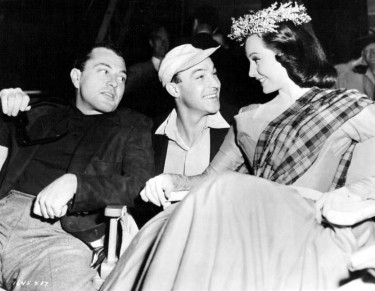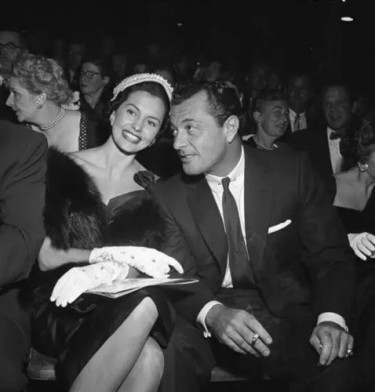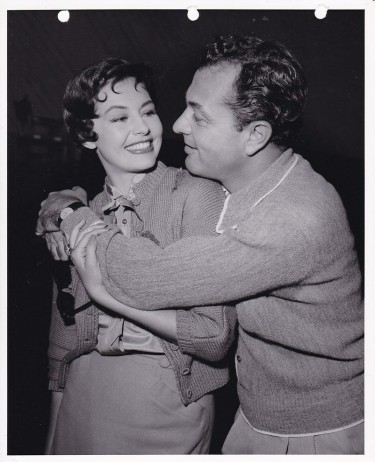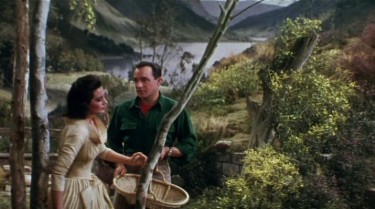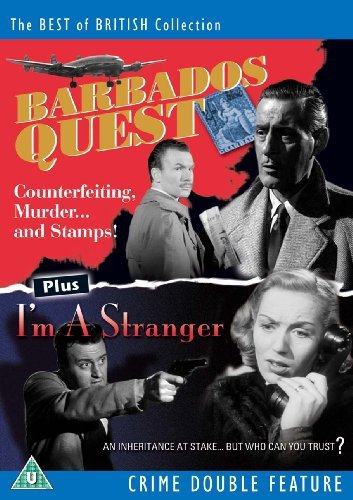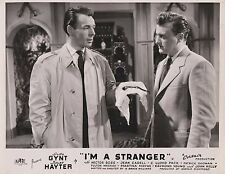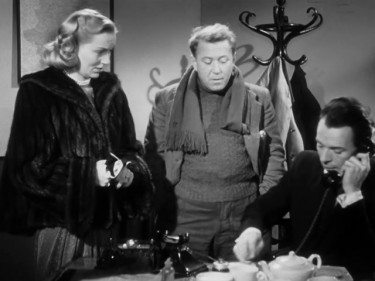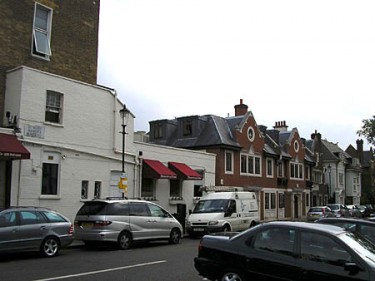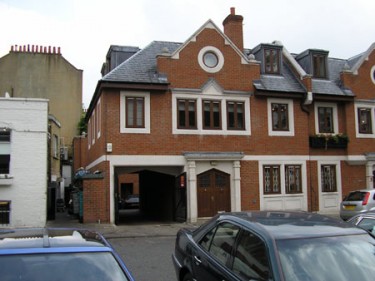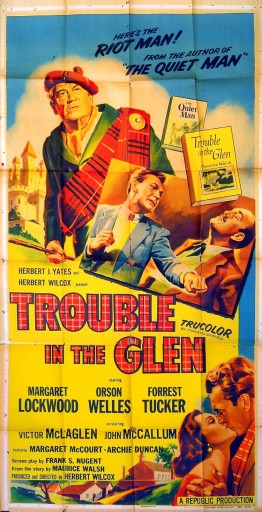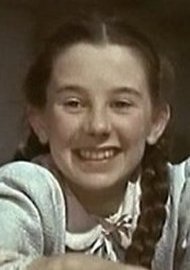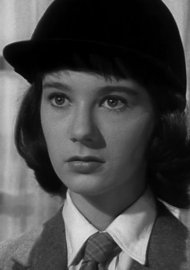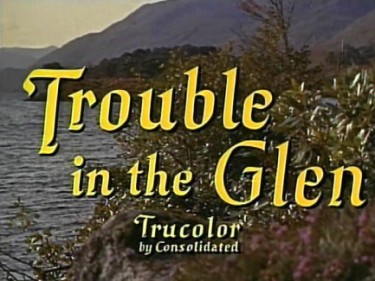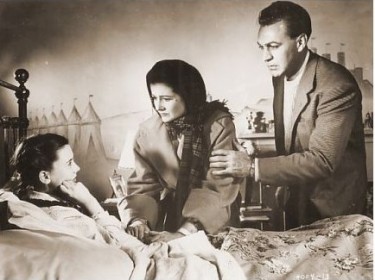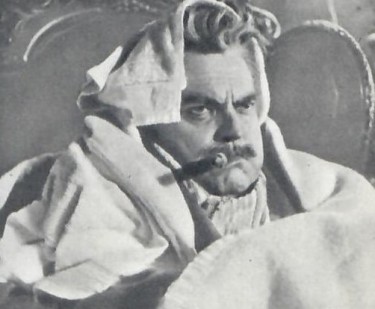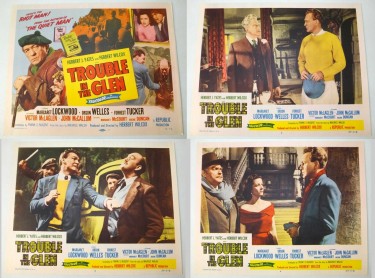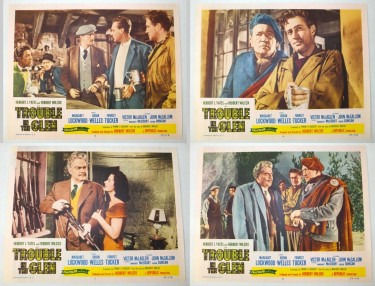I did not know anything about this film when I started watching it on TCM at the Weekend – nor had I ever heard of Joan Staley.
However when I got into watching it, she seemed like a very attractive girl and a pretty good actress at that
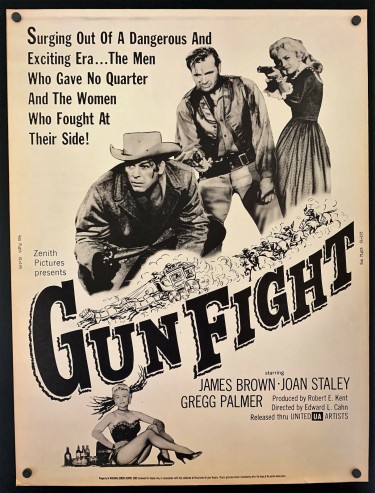
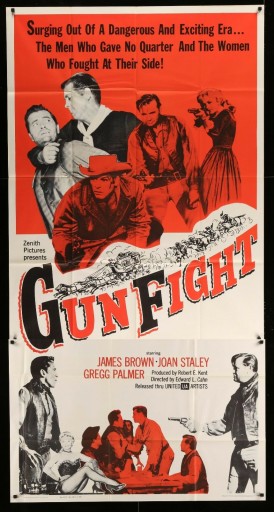
Gun Fight 1961
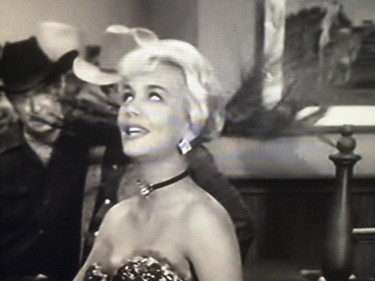
Joan Staley sings a song in the bar room scene

Joan Staley
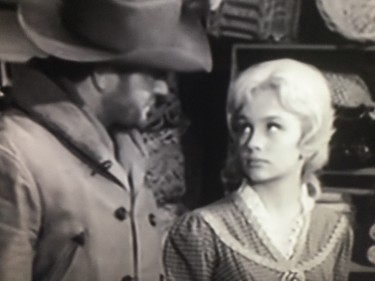
Joan Staley

Joan Staley with James Brown – A Happy Ending Above
Gun Fight 1961
Gun Fight is a low budget film but although it does not have a well known cast what is has got is a pretty good story and a cast that are giving it their best shot and that seems to show through in the film
Running time just 69 minutes and I have to say that I found it enjoyable
Snippets from Joan Staley’s career and life that I have come across. As I said I didn’t know her or anything about her but she seems a very interesting person.
Joan Staley was born in Minneapolis, Minnesota, to James Kenneth McConchie and his wife Jean Alexander McConchie, nee Fraser
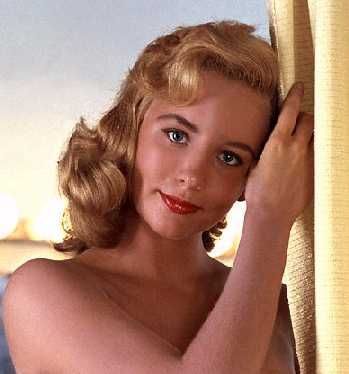
Joan Staley
In 1948 She made her film debut in The Emperor Waltz at age 8
She later married Chuck Staley and relocated with him to Memphis where she sang and did backing on some records for Sam Phillips and met Elvis.
Joan Staley confirmed this in an interview in which she said :-
When I was living in Memphis, there was a disc jockey by the name of Dewey Phillips and back then, he was the king of the South. He was the king of Memphis. And Sun Records, which is where Elvis got his start, was also in Memphis. He would come in and plug his records and Dewey would play them. And he would get interviews. And one of those interviews overlapped on a meet-and-greet. So me and my first husband, who was a cameraman for a local television station, got to meet Elvis.
That was in 1956 – so we became casual friends with Elvis. We were invited to some of the celebrations at Sun Records. He had a birthday once at Sam Phillips’ house and I was cutting his cake. So, it was casual. We were good acquaintances. When he started making films and became this huge star and I had also made my way into Hollywood…Elvis had already made a couple of other pictures with co-stars named Joan. Actresses with the first name, Joan. And I saw him one time and said, ‘When’s my turn? You’ve worked with every other Joan in town…when is my turn?’ (laughs
Shortly afterwards, I was cast in “Roustabout.” He was a nice man.
When we were shooting “Roustabout.” Elvis invited me back to his house with the guys and stuff. And we had a chance to talk about Disneyland, this and that or whatever it would be, and I asked him, ‘What do you miss the most that your stardom has taken away from you?’ He gave me the strangest look. And he said, ‘Wednesday nights.’
I said, ‘What do you mean, Wednesday nights?’ And he said, ‘Wednesday night church services.’ Those are the services where they just did prayer and singing. No sermons. They just had praise. He said, ‘I miss the music. And I miss the Wednesday night services.’ There is a poignancy in his gospel music that puts shivers on my spine. He was a nice guy. I’m so sorry that he died the way he did. He lost his way.
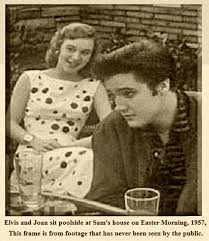
Joan Staley then returned to Los Angeles and worked as a secretary by day and did theatre work at night, performing at various venues
Her daughter Sherrye D. was born in Los Angeles
She divorced Chuck Staley in the early Sixties
Following her part in the Western Gunpoint (1966), starring Audie Murphy, and The Ghost and Mr. Chicken (1966), a Don Knotts comedy film, Joan’s career went downhill after a horse-riding accident.
Her second husband is former Universal exec Dale Sheets. Twins were born to them, a boy and girl, on March 24, 1971. Since then, Joan has been content with family life and other outside pursuits.
Apparently her part in Breakfast at Tiffany’s ended mainly on the cutting room floor.
She has three children from her second husband. The Sheets family is a large one, with Joan grandmother of ten and great-grandmother of twenty.
Joan Staley, who is soon to reach her eighties, is living a content and blissful life with her family in California.
BELOW is the FULL INTERVIEW with Joan Staley which I hope you find as interesting as I did.
As Interviewed by Casey Chambers
JOAN STALEY INTERVIEW – AUGUST 2016
Casey Chambers: The first movie I saw you in, and it’s still one of my all-time favorites, was “The Ghost And Mr. Chicken.” (1966) I like everything about this movie.
Joan Staley: I love that movie. I saw it just the other night on television. And it really holds up. That was one of my last films. I had been doing a television series called, “Broadside” (1964-1965) which was a female counterpart to “McHales Navy.” The pilot was done on the “McHale’s Navy” (set) and followed some of the same structure. It ran for a year on ABC. I played Roberta “Honey-Hips” Love, who was in the Navy as a WAVE and was an ex-stripper. It was a total dumb blonde type character.
Anyway, Eddie Montagne, who was the producer of that television show said, ‘Joan, I have something I want you to do. It’s with Don Knotts.’ And I said, ‘Sold!’ (laughs) It was wonderful when Eddie Montagne told me that my part in “The Ghost And Mr. Chicken” was going to be a straight role. He gave me a brief thumbnail and I said, ‘Absolutely.’ So, that’s how it came about.
And I loved working with Don Knotts. He was great! He was a total perfectionist. And he was incredibly prepared. We shot the movie in 17 days.
Casey Chambers: That sounds incredibly fast.
Joan Staley: Yeah, it was. We followed virtually television scheduling. And “The Ghost And Mr. Chicken” outgrossed the Cary Grant movie released that same year. So the studio was very happy.
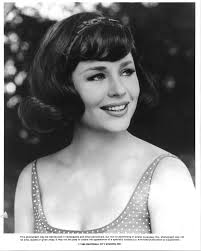
Casey Chambers: Eat my dust, Cary!
Joan Staley: Absolutely. And Dick Sargent was co-starring in it, too, and he and Don and I went on a tour. We covered the South and the East for about two weeks, just hitting one city after another. Sometimes two cities in one day. And that was…exhausting! (laughs) But the movie was opening in those cities and that’s what killed it. And Don was such an incredible worker. He was fighting a blood clot in his leg, which I didn’t know about at the time and should not have been on the road. But it was taken care of.
Casey Chambers: So, when you guys were touring, you would actually appear at different theaters where the movie was playing?
Joan Staley: Right. Most of them were theaters and some of them were just for the newspapers and press conferences, where lots of questions would be fired at us. But usually, it was at the theatres.
Casey Chambers: When did you finally get to watch “The Ghost…” for the first time?
Joan Staley: While we were on our press tour, we never saw the whole thing. It was always piecemeal. (laughs) It wasn’t till we got back in L.A. that we watched it for the first time. And I enjoyed it. I thought…Wow! This really clicks all the way through. The character actors that they had, even in the minor roles, were stars. Some of them had been stars in silent screen. So they were all pros. And it all was pretty much one take unless there was a malfunction of equipment.
Casey Chambers: I recognized quite a few of them. And it was fun picking them out. Real thespian veterans. Was there a favorite scene or otherwise that you recall from the shoot?
Joan Staley: Well, one scene…and it was not a favorite…but it was the picnic scene. They used reflectors on an outside shot to catch the sun as well as the hot lights. And their purpose was to reflect the sun back onto the actors. They literally burned my eyes. Or one eye. They had to rush me to a doctor. So, that was definitely not a favorite scene for me, (laughs)…but it was a memorable occurrence. I think my very favorite was the chicken soup scene when we’re inside the coffee shop. Don was so wonderful to work with. C
Casey Chambers: The “I’m having chicken noodle soup with Alma!” scene. Where you’re already at the crowded diner, having to share a table with a customer finishing up his meal.
Joan Staley: It was all I could do to keep from cracking up. (laughs) Don cracked up first and then we were both snickering all the way through the scene. The other actor trying to finish up his chicken noodle soup had to be so straight-faced. It was just so funny. That was a tough scene to shoot because there were three of us and each time a different one would start to crack up. That was not a one take shot. (laughs) And I also enjoyed the porch scene with Don.
Casey Chambers: That was one of the sweeter moments from the film.
Joan Staley: Yes, it was. It was just Don and myself. We worked very well together. And it was such a joy, after all of the westerns, and the saloon girl characters, and the silly characters, to be able to simply play it straight. It was such a joy.
Casey Chambers: What was it like being a fixture on the studio lots back then?
Joan Staley: Early on, I was under contract through MGM. And I spent a year there. This was during the death throes of the contract player…as MGM always had contract players. It was tutelage. They had a drama coach. Not so much for on set or on film, but just sequences. Telling you where to place your hands. Never to show the heel of your hand to the camera. Maestro Cepparo was the vocal coach. We’d follow into his studio on the MGM lot. Followed Howard Keel for voice lessons and Vic Damone. I was an MGM Deb Star. Every year, the wardrobe people would nominate one person from the studio for what would be considered future stardom. It was like…society. A coming out party. And I was a Deb Star one year. (1962) It was quite an interesting sequence of events.
Casey Chambers: That’s good stuff. J
Joan Staley: Yeah, it was. And then my contract expired and I became freelance. I then started at Warner Brothers, not under contract, but I started doing a lot of Warner Brothers shows. And then I went under contract to Universal because they wanted the character of Roberta “Honey-Hips” Love for “Broadside.” We had a contract with ABC for 36 episodes. I also did a lot of other shows at Universal. I did all their westerns. “Wagon Train,” etc.
Casey Chambers: What was the first TV show you got to dip your toe in?
Joan Staley: “Perry Mason.” I did several of them and my parts kept growing in content. I don’t remember the succession of the roles, but I have done over 350 television shows and I have been involved in 30+ films. You made the rounds at the studios all the time. The pictures. And ya got to know the casting people for each show. And you could actually go in and meet someone. And, of course, I had an agent who would set up appointments for me.
Casey Chambers: It sounds like a lot of running and dashing all over the place.
Joan Staley: Yeah, you really were. You carried your wardrobe in the car because you might have an appointment in the morning for one type of character and something else in the afternoon.
Casey Chambers: A lot of chasing down jobs and rumors on the studio lot.
Joan Staley: Yes, it was very busy. And it could also be very disappointing because you’d make the rounds of the studios never knowing if you were going to be asked to read. And it would be a cold read. They would just open the script to a place and you’d read one sequence from a character and they would say, ‘Thank you very much. We’ll let you know.’ And didn’t! (laughs) But I was good at cold reading and at capturing the character. C
asey Chambers: Cold is tough.
Joan Staley: It is. It is tough. And usually, the casting directors didn’t even give you a thumbnail. You didn’t know if you were a good guy or a bad guy. Sometimes they did. And it was wonderful when they did. (laughs) It made it a lot easier. But there was a lot of discouragement. You had to go into them happy and bubbly.
Casey Chambers: Enthusiastic, sure.
Joan Staley: Exactly…and you’d get knocked down and be left never knowing when you got a character. They’d call you later. After a day or so. You were getting shot down a lot. You were either too tall, too short, too fat, too blonde, too dark. Many of the casting directors would know what they were looking for. Or know what the director was looking for. But there were a lot of the casting directors who just didn’t. Casey Chambers: Well, I’d like to switch gears and jump to another iconic film you made from the 60’s…“Roustabout.” (1964) Joan Staley: With Elvis. “Roustabout” Trailer (1964)
Casey Chambers: Yeah, I was hoping you might share a little story about working with “The King,” if you wouldn’t mind?
Joan Staley: Sure! When I was living in Memphis, there was a disc jockey by the name of Dewey Phillips. And back then, he was the king of the South. He was the king of Memphis. And Sun Records, which is where Elvis got his start, was also in Memphis. And he would come in and plug his records and Dewey would play them. And he would get interviews. And one of those interviews overlapped on a meet-and-greet. So me and my first husband, who was a cameraman for a local television station, got to meet Elvis. Casey Chambers: This would have been back in the ’50s, right? Joan Staley: Oh yeah. It was in 1956. And we became casual friends with Elvis. We were invited to some of the celebrations at Sun Records. He had a birthday once at Sam Phillips’ house and I was cutting his cake. So, it was casual. We were good acquaintances. When he started making movies and became this huge monster star and I had also made my way into Hollywood…Elvis had already made a couple of other pictures with co-stars named Joan. Actresses with the first name, Joan. And I saw him one time and said, ‘When’s my turn? You’ve worked with every other Joan in town…when is my turn?’ (laughs)
Shortly thereafter, I was cast in “Roustabout.” He was a nice man. We were on set. We had several sets in the film. But there was a scene where he was going to take off and just leave me. And I was supposed to slap him. And I said, ‘Elvis, do you really want me to slap you?’ And he said, ‘Yeah! I do karate.’ I said, ‘Oh come on! Karate is not slapping’ (laughs) So when we came to that point in the scene, I hauled off and whacked him!
Casey Chambers: For real?
Joan Staley: For real. I said, ‘Do you want me to pull it? Do you want me to pull the slap?’ Because I was at a camera angle where I could have pulled the slap and not hit him. But he said, ‘No! No, no, no! I want you to slap me.’ I said, ‘Are you serious?’ And I could talk to him because I had known him in Memphis. So I said, ‘Okay!’ And the slap that you hear in the film is the one that I delivered. That was not dubbed in.
Casey Chambers: I’ll never hear “Don’t Be Cruel” the same way again! (laughs)
Joan Staley: Yeah, his head shook! Anyway, a story that I have only told once before…and not in recent years…was when we were shooting “Roustabout.” Elvis invited me back to his house with the guys and stuff. And we had a chance to talk about Disneyland, this and that or whatever it would be, and I asked him, ‘What do you miss the most that your stardom has taken away from you?’ He gave me the strangest look. And he said, ‘Wednesday nights.’ I said, ‘What do you mean, Wednesday nights?’ And he said, ‘Wednesday night church services.’ Those are the services where they just did prayer and singing. No sermons. They just had praise. He said, ‘I miss the music. And I miss the Wednesday night services.’ And I’ve never heard that in print. And if you listen to his gospel music and you listen to his voice, there is a poignancy that isn’t there in the other songs. He had fun with the other songs. And he worked ’em well. But there is a poignancy in his gospel music that puts shivers on my spine. He was a nice guy. I’m so sorry that he died the way he did. He lost his way.
Casey Chambers: It was sad. I loved hearing that story. Cherry-picking another one of your films, I’d like to ask you about your western adventure…“Gunpoint.” (1966)
Joan Staley: Yes, that was my picture I did with Audie Murphy. He was a nice man, too. And you know the story of Audie Murphy, right? He was a medal of honor winner. Cited for incredible bravery. We were filming on location in Utah for that picture. And that was a rough location. We came into St. George, Utah which is a lovely city now, but back then it was mostly just motels and rest stops on the way to the capital city. But it was beautiful scenery. Anyway, there was this one sequence…and before I go on, let me tell you that I have been in Paris. That’s where I graduated from high school. I have been to the top of the Eiffel Tower. I mean, my senior year in high school, I was hanging, ya know, over the side of the Eiffel Tower. And in those days, they didn’t have any protection like they do now. So I didn’t think I had any problems with heights. But there was a sequence in this movie where we were going up the side of a cliff. They had told us on the way up, we were using good horses. And to hold onto the horse in front of you by the tail and hold on tightly to the reins on the horse behind you…’cause we were walking them. We couldn’t ride them up. And the horses were not at all thrilled with going up, I must tell you! (laughs)
But that’s the way we went up. Then when they changed the camera shot, they wanted me to be standing on the side of this cliff. After the shot, they said, ‘Okay, Joan. C’mon. Cut. We’re fine.’ I couldn’t move. And I said, ‘Y-y-y-you want me to come down?’ And they said, ‘Unless you’re going to spend the night up there, yes.’ And I couldn’t. I was so embarrassed because they had to halfway shut down the production. The camera guys were already carrying their reflectors and stuff down. They were slipping and sliding, but they got down the side. And I couldn’t move. I was scared to death. Here I was starring in this picture and I couldn’t move. (laughs) Everybody in the crew was watching. Everybody in the cast was watching. And I’m the only one on the side of the cliff. Finally, the director said, ‘Joan, just sit down and slide.’ And s-l-o-w-l-y, that’s what I did. The whole way down. They had a bit of a cheering section going on for me. And Audie was a practical joker. There was this one time when the cast and crew were staying at a typical motel. And the stuntmen would all congregate in one of the rooms before they decided to call it a night. And Audie threw in a bag of snakes. He just wanted to see what everybody would do. And, of course, they scattered. He was a kid at heart.
Casey Chambers: Was it around this time that you decided to take a break from show business?
Joan Staley: It was. And I didn’t leave show business entirely. I broke my back the last year of my contract with Universal. My husband Dale (Sheets) and I were horseback riding and we had some of our kids with us. And by the way, the name Staley was my married name from my first husband, Chuck Staley. Anyway, we were horseback riding around Griffith Park and the horse that I was on was a Stallion. And something spooked him. Or he just wanted me off, I’m not sure which. Horses have a lead foot that they start out with. And he started changing leads. He started spinning. And then he switched leads. And he did this about four or five times. I reset successfully each time. And then on the last one, he changed leads and I went…‘I’m going off.’ All I could think of was I wanted to make sure the reins were tightly in my hands because he bucked. He bucked me over his head and I wanted to hold onto the reins so that he wouldn’t step on me. So I held the reins and I landed in some metal. And I broke my back.
Casey Chambers: Now that’s scary!
Joan Staley: Yeah, it was. I tried to get back on the horse, and couldn’t handle it…so I got off and walked him back. We stopped by my mother-in-law’s house to drop off the kids and I laid down on the floor and could not get up.
Casey Chambers: I dropped an ice tray on my foot once and I howled like a baby! You’re amazing!
Joan Staley: Well, I think I was in shock, honestly. (laughs) My husband took me to the hospital. They X-rayed me and said, ‘Joan, I’m sorry to tell you this, but you’ve broken your back.’ And I started to laugh. Laughing was not the right thing to do because that made it hurt even more. Anyway, I spent the next couple of months in a brace. I could not get up out of bed.
Casey Chambers: Good lord, you’re Wonder Woman. I can see how that would slow down your film career.
Joan Staley: It was all, “This can’t be true!’ (laughs) I had met my husband, Dale, at Universal. He was an executive and was gorgeous…and we started dating and consequently got married. We’ve been married for 49 years. We have 7 children. And 7 grandchildren. And 24 great-grandchildren. Casey Chambers: That sounds like a nice legacy you’ve grown. Joan Staley: It is. When Dale left Universal, we started up a personal management company for artists, singers, and actors. And our first client was Mel Torme. A fabulous singer. “Autumn In New York Medley” –
Casey Chambers: Oh yeah, Mel is huge.
Joan Staley: Yeah. We managed Mel his whole career. In fact, we still manage his estate.
Casey Chambers: Do you have a favourite song? J
Joan Staley: Every piece of music that he did. Mel was a master musician and he, too, was a total perfectionist. One of my favorites was “Autumn In New York.”
Casey Chambers: He was known as The Velvet Fog, right?
Joan Staley: Yeah, and that was a name given to him that he hated.
Casey Chambers: Why did he not like it? It was a good thing.
Joan Staley: It was a compliment, but he didn’t see it that way. It was given to him by a disc jockey named Robin who had a show in New York called “Robin’s Nest” and Mel didn’t care for that. But he did succumb. The license plate on his Rolls-Royce said…El Fog. We managed Mel for 35 years and that led to many, many, many other artists. Some of whom we still manage. We are very excited about managing The Four Freshmen, who are in their 24th incarnation and still internationally touring. Brian Wilson, whom we’ve met many times, has said that if it wasn’t for The Four Freshmen, the Beach Boys wouldn’t have had the sound that they did.
Casey Chambers: It sounds like you guys are just as busy as ever. “Zaz Turned Blue” – Was (Not Was) feat. Mel Torme (1983)
Joan Staley: Yeah, we are. And Mel had a saying and it’s true…‘When you rest, you rust.’ And so many people will retire, they’ll play a little golf, and pretty soon, it’s…bye-bye! And we’re not ready to go yet.
Casey Chambers: Something to think about. Well Joan, thank you so much for letting me cherry-pick a few of your many achievements. I really appreciate it.
Joan Staley: Casey, thank you very much.
